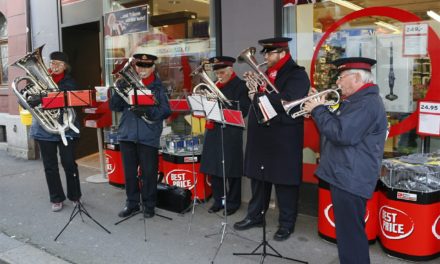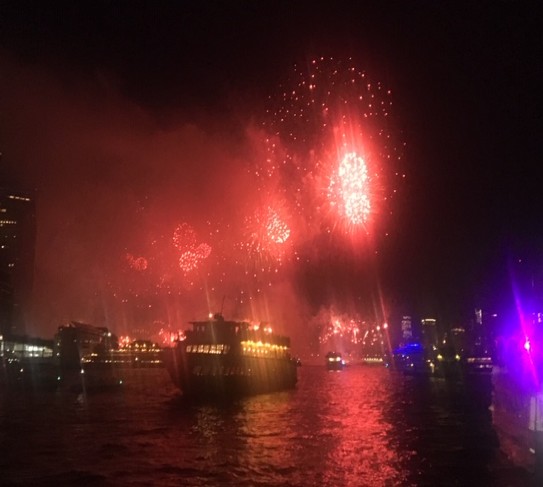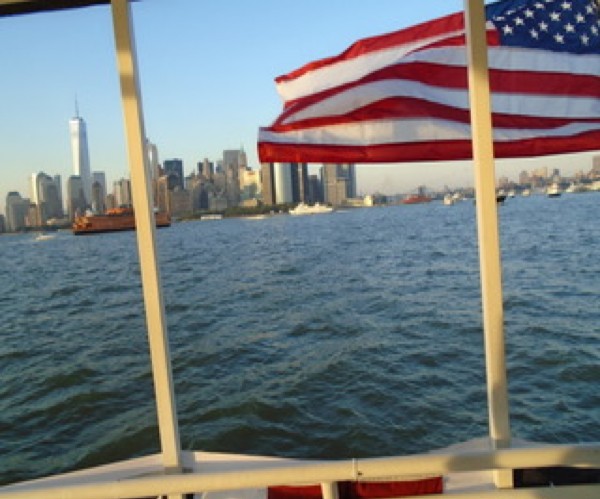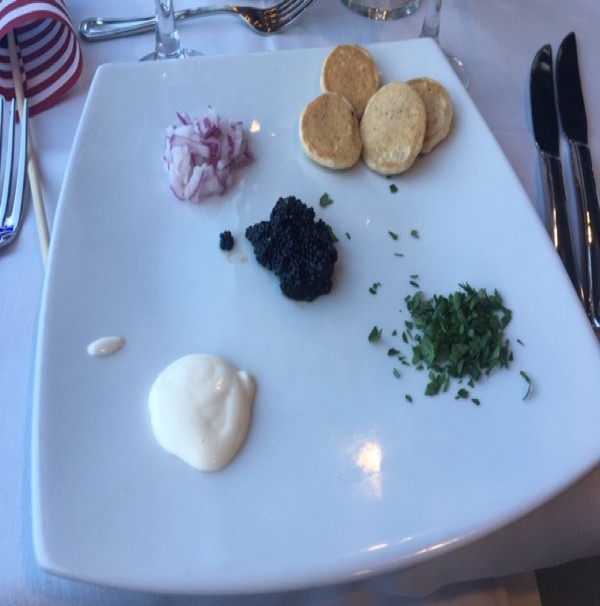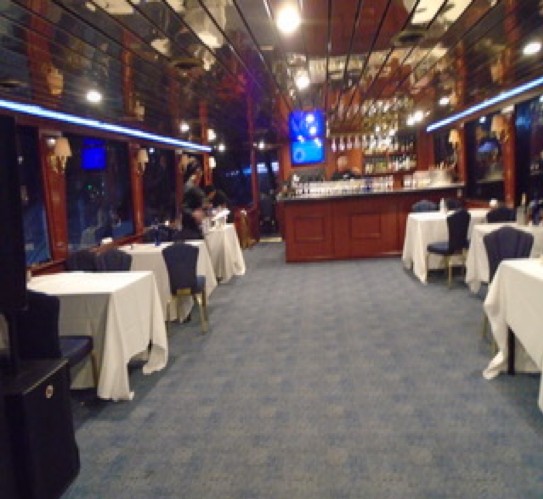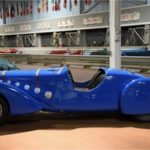
Discover NYC’s Unique Ethnic Museums
NYC has 100 museums and galleries in its five boroughs.
( The visitor count is estimated at 25 million for 2019.) Of these we’ve counted 25-30% are of an ethnic persuasion with a visitor count of up to 5 million. Realize of course that NYC’s overall visitor count was over 60 million last year according to NYC& Co., the city’s tour & travel promotion arm. Leading the pack was the Metropolitan Museum of Art @ 6.million visitors followed by the American Museum of Natural History @ 5 million, then by MoMa, the Museum of Modern Art @ 3 million. The Solomon Guggenheim and the Intrepid Space Museum followed with a total of over 2 million. For sure, NYC is Museum Central to visitors from all over the planet, and Fifth Avenue has been dubbed Museum Row since a plethora of museums and galleries reside there.
. The so-called “ethnic museums” is a story in itself. They abound everywhere by virtue of the city’s ethnic population. The editors of LTR! selected seven of these museums and galleries reflecting their popularity and significance.
. Our first choice was the HISPANIC SOCIETY of AMERICA, founded in 1904. It is the oldest of the ethnic museums we visited and contains over 6,800 paintings, 50 of which will be on display at this year’s annual Winter Show at the Park Avenue Armory in New York. Their repository also holds more than 1000 sculptures, 175,000 photographs and over 250,000 books. It’s been designated a National Historical Landmark since 2012. Emphasis is on the arts and cultures of Spain, Portugal, and their former colonies in Latin America, the Philippines and Portuguese India. The Society’s complex of buildings is located on the Audubon Terrace on 155th St., in Washington Heights, in NYC. www.hispanicsociety.org/ 212-926.2234
. YESHIVA UNIV. MUSEUM ( YUM ) is located in the Chelsea district of NYC. Open six days, it is part of the Center for Jewish History CJH ), one of the foremost Jewish research and cultural institutions in the world which includes the American Jewish Historical Society, American Sephardic Federation, Leo Baeck Institute, YIVO Institute for Jewish Research, and the Yeshiva Univ. Museum. The Museum is made up of four galleries, an exhibition wing, an outdoor sculpture garden, a children’s workshop and the Discovery Center. YUM holds more than 120,000 artifacts presenting Jewish culture from all parts of the world by Jewish artists from a perspective of more than 3,000 years of Jewish civilization. Under the umbrella of Yeshiva University, the country’s oldest and most comprehensive institution for Jewish scholarship, it provides a learning, teaching and on-site visual experience for adults and children of all ages.
Address: 15 West 16th St.,NY NY 10011/ 212-294.8330 or
www.yum.cjb.org
. JAPAN SOCIETY since 1907 has been a collaborative effort to promote good will among nations and between the U.S. and Japan in particular. Its focus is on the “arts and culture, public policy, business, language and education” of the Japanese people in the U.S. and Japan in New York as New York is the sister city to Tokyo. JS’s gallery museum is an extension of this.The upcoming exhibition in March, BORO TEXTILES, Sustainable Aesthetics, now thru June 14, attempts to rediscover the traditional handcraft of the Japanese people, its history of survival and its creative ingenuity as presented by leading producers, i.e., Susan Ciancilo, a New York based artist and Christian Kim, a Los Angeles designer. The installation offers expansive approaches to an aesthetic and philosophy of repair, re-use and sustainability. The exhibit translates as “rags or tatters”, Japanese for textiles, that have been patched, pieced, and mended, and which have been largely handmade by peasants in Japan in the 19th and 20th centuries. Over 50 pieces will be on display from the extensive collection of Dr. Chuzaburo Tanaks, ( 1933-2016 ), a folklorist and cultural anthropologist held in the Amuse Museum in Japan. The Japan Society’s formative programs are also expressed in its Language and Cooking classes, Lecture series, Performing Arts programs, Theatre and Dance, Films, Research Library, and Children’s Workshops. Open Tues.-Sun. 333 E.47 St., NY NY 10017/ 212-832.1155 OR www.japansociety.org
. CHINA INSTITUTE. Now in its 93rd year, The CHINA INSTITUTE partners with the Confucius Institute and Chinese Theatre Works to promote
Chinese culture and informative thinking by Chinese scholars and educators. It is open to the General Public daily. Presently it is celebrating its annual right of early Spring- thru February 29, the Art of Chinese New Year, which represents the virtues of “cunning, resourcefulness, survival, and success.” The festival is a vibrant, interactive experience of art and culture for everyone. The Institute’s annual Food and Ideas Festival in Sept. is a popular venue. So is the Mahjong Club in Oct.,and the Film Society programs throughout the year. There’s also A Center for Business, a Lecture series, and a Four Conversations schedule for the purpose of learning China’s history, society, and traditions. The Institute also holds a pre-school for children under 13. The museum portion aka The Gallery is made up of Friends of The Gallery ( FOTOG ), benefactors devoted to Chinese Art and Culture. In the Fall of 2020 you’ll find Eternal Offerings: Chinese Ritual Bronzes from the Minneapolis Institute of Art, an exhibition from the renowned Pillsbury collection, exposing some 100 ancient works from the Shang and Ding dynasties, followed by the Treasures from Buddha, Legendary Offerings from the Dabao’en Temple of Nanking, 11th-19th Centuries and by the Flowers on a River:Chinese Flower and Bird Painting of the Quing Dynasties, 1368–1911. The Gallery is a formative place to discover classic art and architecture from the past 20 centuries of Chinese civilization. China Institute Gallery exhibitions ” exemplify the cultural direction museums should be taking today” states The New York Times’ columnist Holland Cotter. This is a reason to good visit the Institute Address: 40 Rector St., NY NY 10006 OR www.ChinaInstitute.org/212-744.8181
. The RUBIN MUSEUM. This is the preeminent museum in the U.S. for Himalayan art and includes over 3.800 art pieces from the fifth century to the present. The geography covers a wide landscape from the regions of Nepal, Bhutan, India, Pakistan, Afghanistan, Mongolia and China. Its permanent collection Gateway to Himalayan Art features a wide range of objects relating to the culture of its people, a visual narrative, with an intro to the materials and techniques used in creating these works.The second permanent collection is Masterworks: Jules of the Collection, a study of the main branches and styles of Himalayan art, their association with alternate traditions in that part of the world and developments over the last 1000 years. The exhibitions are largely influenced by the philosophical traditions of Buddhism and Hinduism concurrent with the Museum’s effort to promote personal reflection and transformation. The Museum is all inclusive with a wide varitey of programs, i.e., Brainwave 2020 thru April;Measure Your Existence thru August; Shahhidul Alam: Truth to Power, thru May; Charged With Buddha’s Blessings thru June; Monday classes: Mindful Meditation; Saturday classes: Awakening Practice; Group Experiences; Talks, Film, Workshops, Community and Accessibility programs; Sensory Tours and Musical events. The Rubin offers a full spectrum on personal development through the arts. Open Mon., Thurs. thru-Sun. Located at 150 W 17th St., NY NY 10011./ 212-620.5000 OR www.rubinmuseum.org
. The UKRAINIAN MUSEUM, founded in 1976 by the Ukrainian National Women’s League of America ( UNWLA ) is the largest museum in N.A. dedicated to the cultural heritage of the Ukrainian people. Its mission is to present “folk art”, which includes the traditional costumes , ceramics, metalworks, carved wood pieces, and “fine arts” including paintings. drawings, sculptures and graphic works by leading Ukrainian artists, along with the photography, posters, flyers, playbills, stamps, coins and an assembly of ephemeral matter relating to the Ukrainian experience in the U.S. and in the Ukraine. Each year the Museum organizes several exhibitions and publishes a bi-lingual catalogues listing a wide range of public and educational programs, including concerts, films, lectures, courses, workshops and special events. Currently it is featuring The Impact of Modernity, Late 19th and Early 20th Centuries of Art, an exhibition of Ukrainian artists of note from several periods of Ukrainian history. The exhibition reflects the politics of the moments, before, during and after the great wars, during periods of strife and turbulence and its ascendency in the period of democratic evolution. Open Wed.thru Sun..The Museum is located at: 222 East six Street, NY NY 10003/ 212-228.0110 OR www.info@ukrainianmuseum.org
For more info on these and any of the major ethnic museums in the City of New York go to: NYC&Co. and/ or I LOVE NY. Also, the Mid-Atlantic Assoc. of Museums and/ or the Museum Assoc. of New York ( 518-273. 3400 ). The American Alliance of Museums publishes Museum Magazine. 866.226.2150
Michael Zufolo & Susi Raphael reporting

